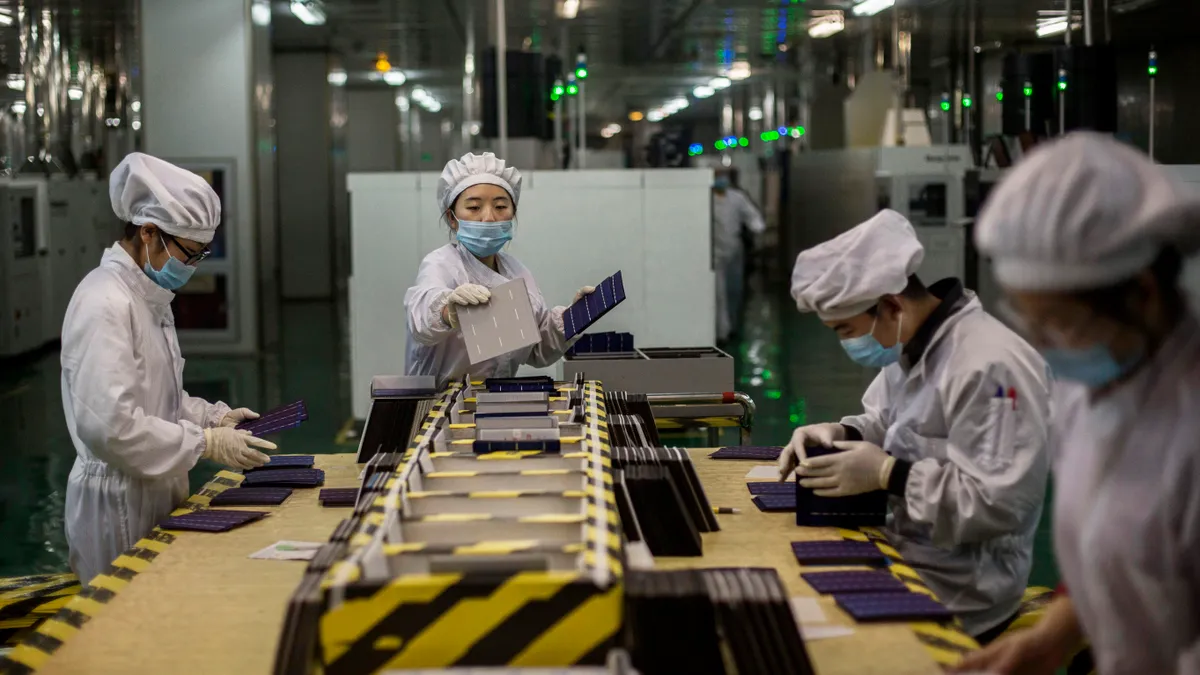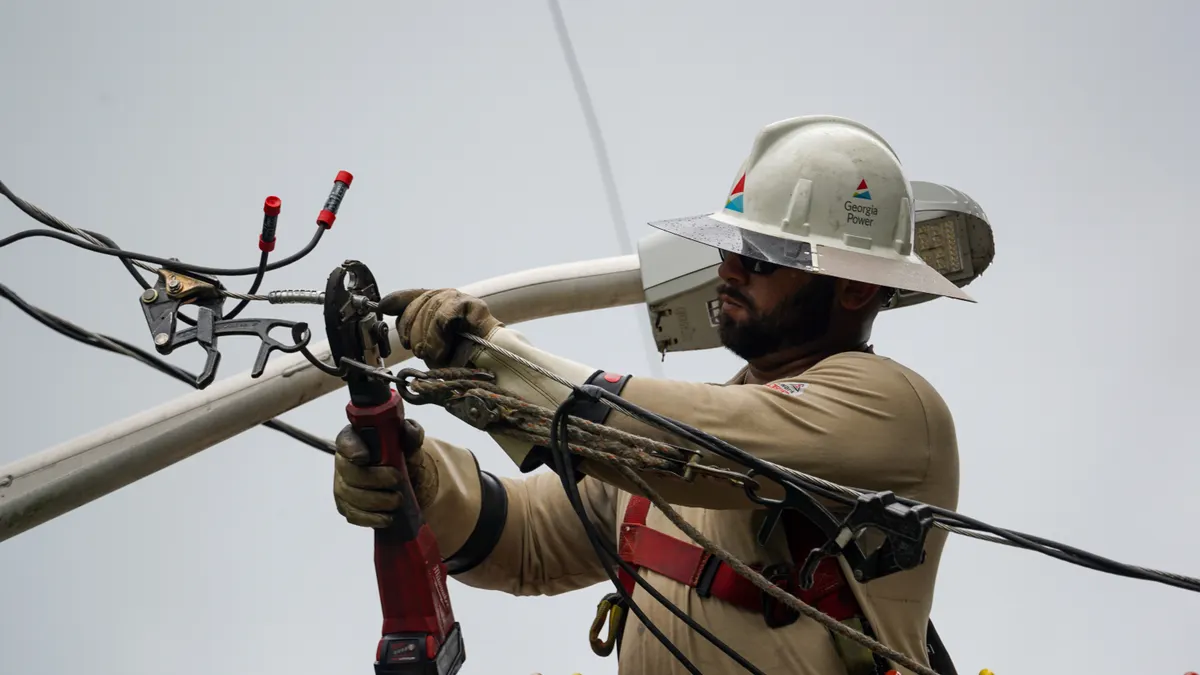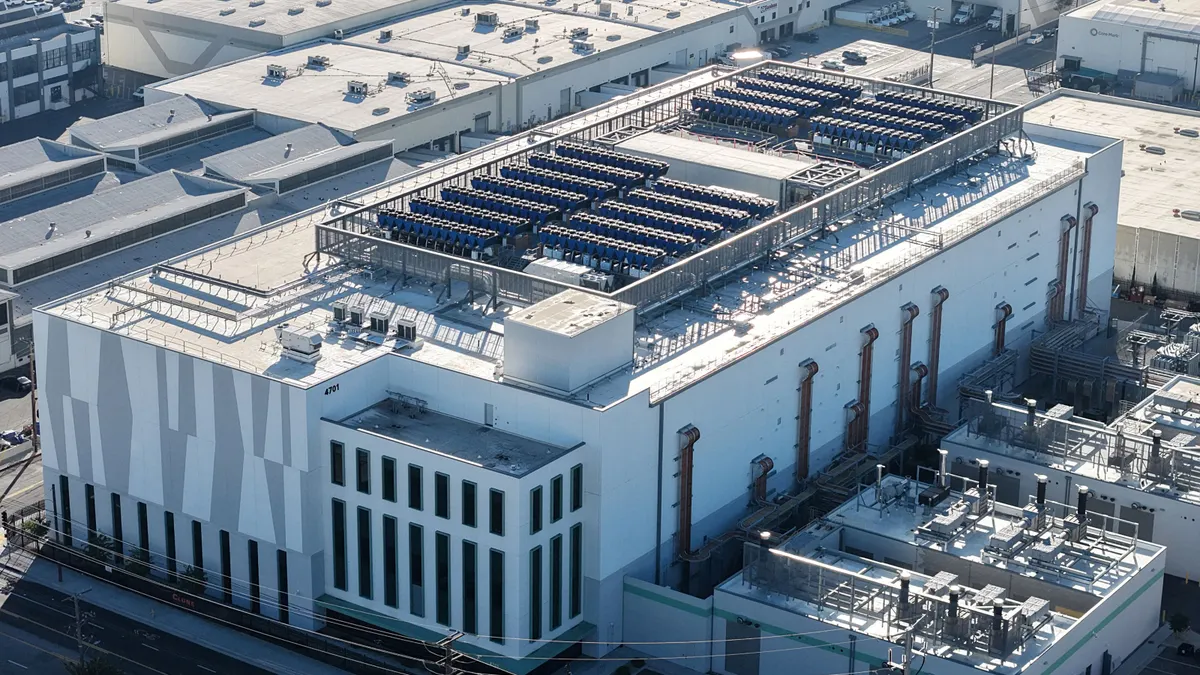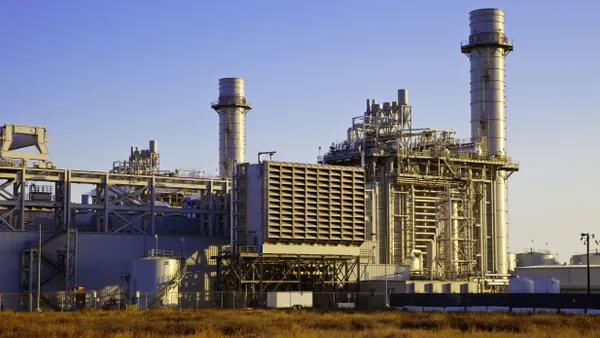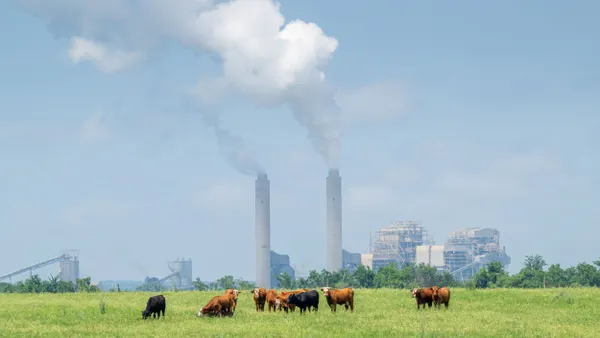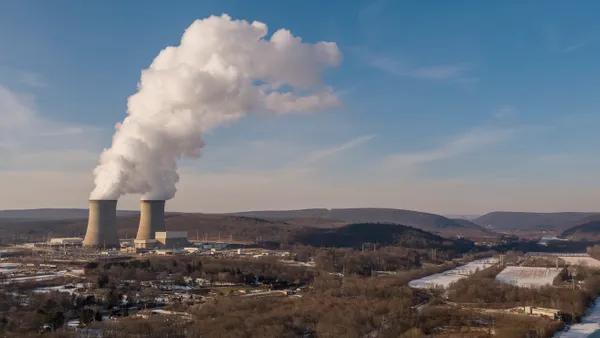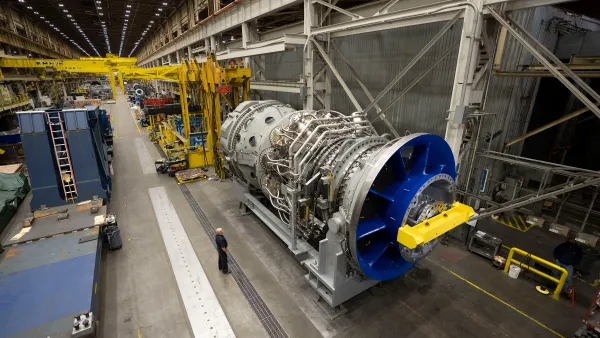OpenAI warned the White House on Monday that China’s commitment to building new energy generation could give it an edge in the AI race. The company recommends that the U.S. prioritize “closing the electron gap” by building 100 GW a year of new energy capacity.
“In pursuit of its goal to overtake the US and lead the world on AI by 2030, [China] has built real momentum in energy production — treating capacity as the foundation of industrial competitiveness,” said OpenAI’s chief global affairs officer, Christopher Lehane, in a letter to Michael Kratsios, director of the White House Office of Science and Technology Policy and science adviser to the president.
Lehane noted in the letter that last year, China “added 429 GW of new power capacity, more than one-third of the entire US grid, and more than half of all global electricity growth. The U.S. contributed just 51 GW, or 12%.”
In 2023, China accounted for 63% of global renewable energy expansion, according to the International Energy Agency — and it is expected to account for around 60% of that expansion between now and 2030.
“China’s wind and solar generation capacity more than doubled in the three years to 2024, from 635 GW to 1,408 GW,” said Ember Energy in a September report. “In early 2025, [China’s] capacity of wind and solar combined overtook that of coal. Battery deployment tripled in three years, with China adding more in 2024 than the US and EU combined.”
As of June, China came in third for total installed nuclear capacity, at 55 GW, behind France at 63 GW and the U.S. at 97 GW, according to the Energy Information Administration.
However, “China has the fastest nuclear growth rate in the world with 57 reactors commissioned since 1991,” the EIA said. “Another 28 reactors with a combined capacity of 30 GW are currently under construction, according to [International Atomic Energy Agency] data. Once completed, China’s total installed nuclear capacity would surpass that of France.”
Lehane’s letter comes during a buzzy time for China’s AI prospects. DeepSeek and Alibaba’s Qwen have pulled far ahead in an ongoing crypto trading contest between AI models, reported Crypto News. During the Fortune Global Forum on Monday, Andreessen Horowitz’s Anjney Midha said China is dominating the open-source AI space with DeepSeek, and “it’s not looking great for the [U.S.] and its allies,” reported Fortune.
The U.S. government should “step back by streamlining and modernizing outdated and onerous regulations to unlock energy innovation while continuing to protect our national security, including through its own adoption of AI,” said Lehane.
Lehane recommends the U.S. make changes like “[tightening] FERC Order Number 2023 [interconnection] timelines by instituting automatic enforcement of late submissions and standardizing timelines for extensions. The government also can create a fast track for shovel-ready projects (e.g., storage, repowerings) to allow simple AI infrastructure projects to skip the line,” and it “should prioritize projects that connect high-generation regions to major load centers.”



